Part of our Breed Profiles series, Sussex chickens are dual purposes birds with several distinctive plumage patterns.
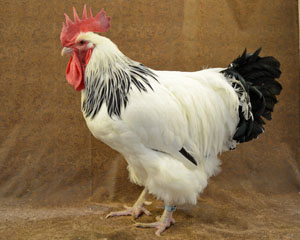
White Sussex rooster
History
Possible, like the Dorking, originally introduced to the British Isles by the Romans Contemporary breed Originated in south east England area of Kent, Sussex, and Surrey. Probably most popular table bird in 19th c and through mid-20thc. (in England). As Asiactic fowl were introduced into England in the 19th century, farmers began to cross-breed with the larger birds to increase size and hardiness of local birds. However, some breeders were disappointed with the resulting coarseness of the meat.
Edward Brown, well-known writer on the rural poultry industry at the beginning of the 20th century, urged breeders to maintain the purity of the Sussex breed and its reputation for being a fine-dining bird. Along with E. J. Wadman, the formed a club for Sussex chickens in 1903. Admitted to APA in 1914.
Buff Sussex Rooster and Hen
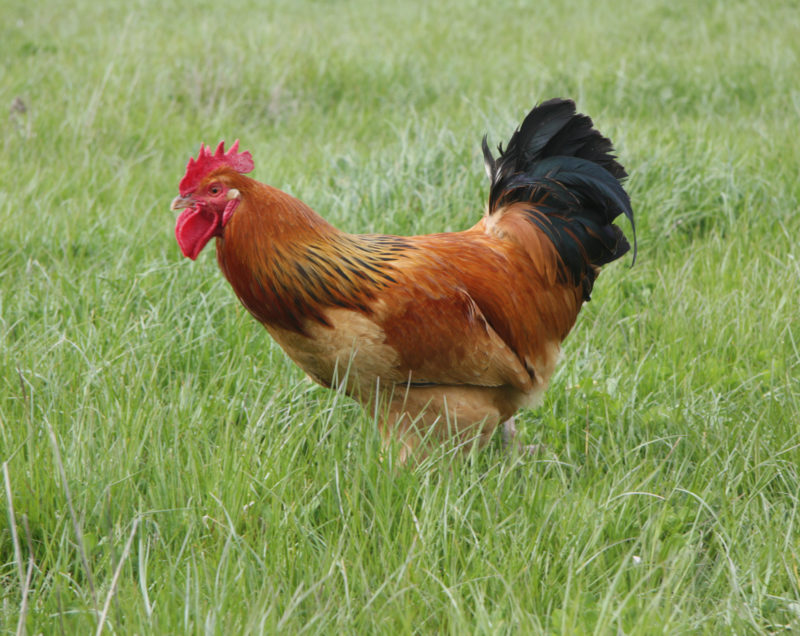
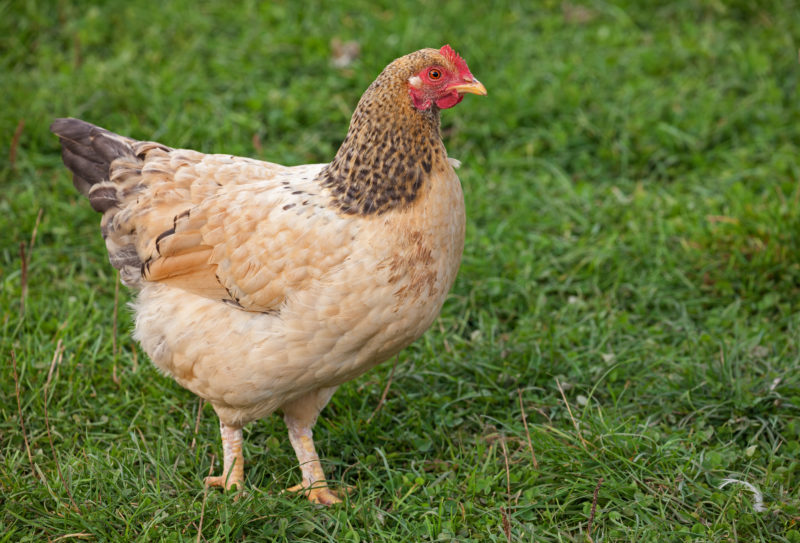
Characteristics
Primary Use: Eggs and Meat
Temperament: Calm and Curious
Size: Large
Egg production annually: 200
Egg Color: Tan to Brown
Average Weight: Cock: 9 lbs ( 4.1 kg), Hen: 7 lbs (3.2 kg); Bantam Sussexs weigh between 2-4 lbs.
Physical features
The Sussex are a four-toed breed and usually considered dual purpose meat and egg birds. They are medium-sized with a broad body, close laying feathers, single bright-red comb with five upright points. Their eyes are a reddish, bay color while their shanks and toes are white. Sussexes come in several feather varieties: birchen, buff, dark brown, light, red, speckled and white.
Light Sussex cockerel and Light Sussex hen
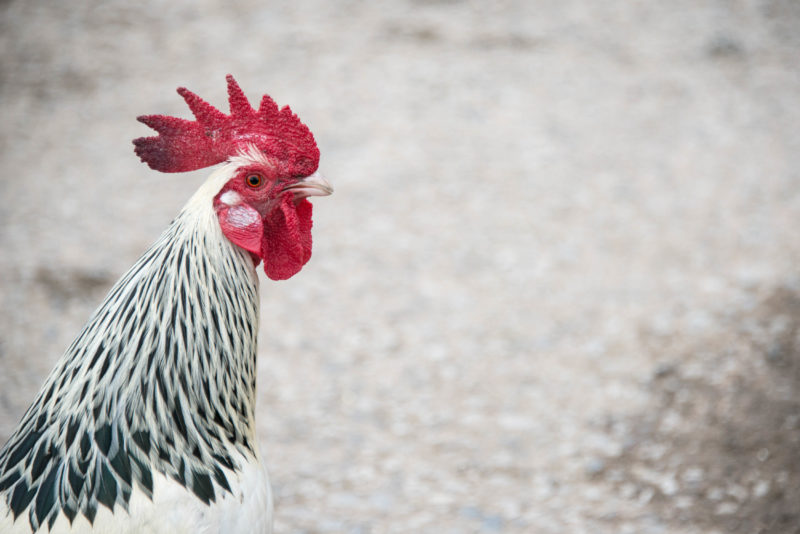
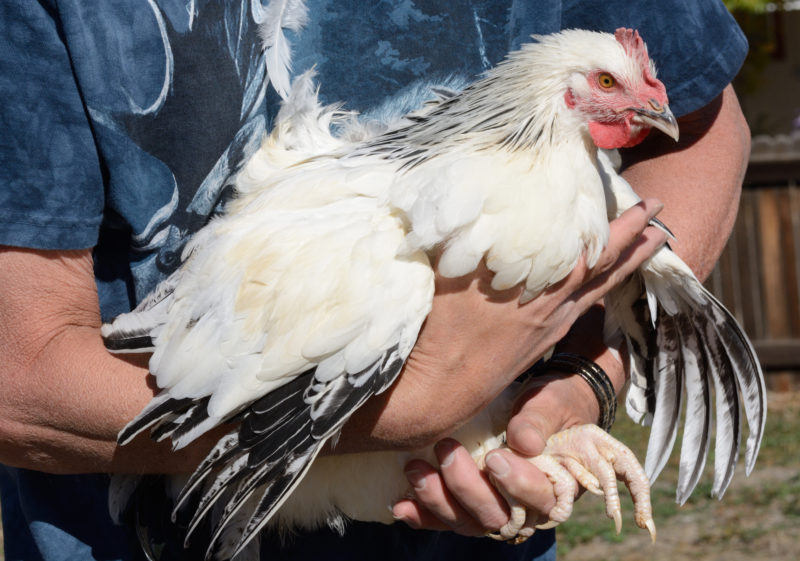
Broodiness
Sussex hens have a tendency toward broodiness and make good mothers. Broodiness may depend on the variety of Sussex; some people say that the Light Sussex are less broody than the Speckled, Red and Dark Brown varieties.
Health and Safety
They are hardy birds that tolerates wide range of temperatures and living conditions.They do tend toward obesity, so watch their food intake. If you are keeping them as layers, keep their weight down.
Speckled Sussex hens
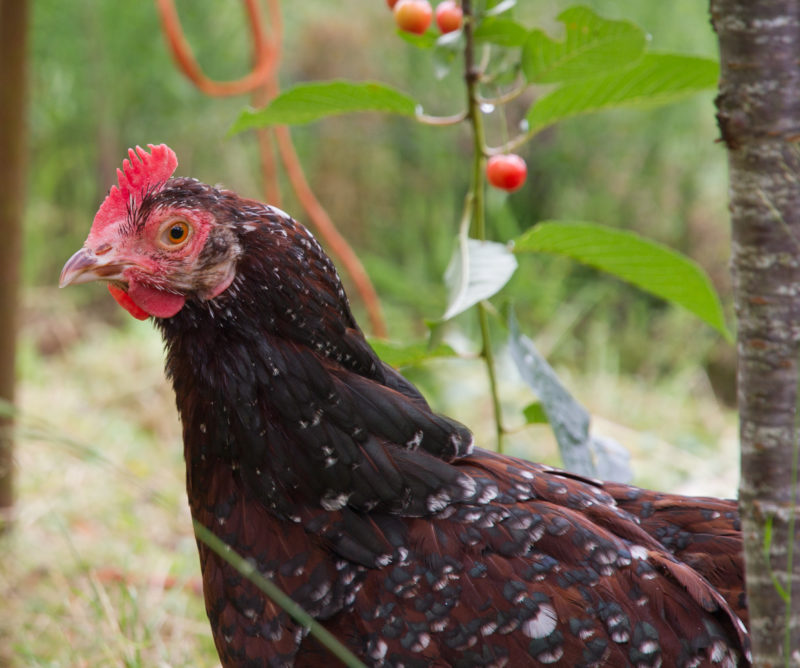
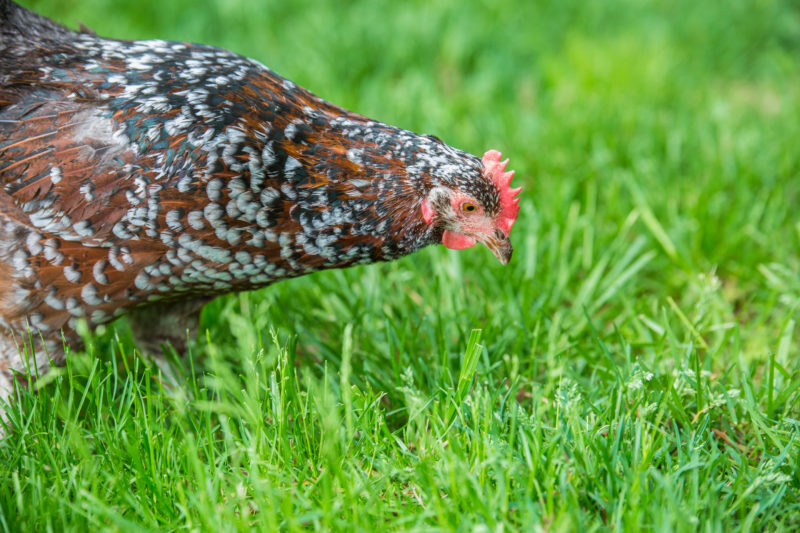
Further Resources
Books
Storey’s Illustrated Guide to Poultry Breeds
What’s Killing my Chickens by Gail Damerow












